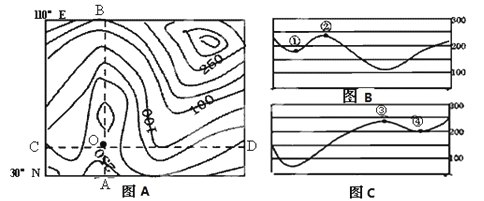Cultural responses to modernization often manifest themselves in the mass media. For example, Aldous Huxley, in Brave New World, created a fictional world in which he cautioned readers that modern science and technology posed a threat to individual dignity. Charlie Chaplin’s film Modern Times, set in a futuristic manufacturing plant, also told the story of the dehumanizing impact of modernization and machinery. Writers and artists, in their criticisms of the modern world, often point to technology’s ability to alienate people from one another, capitalism’s tendency to foster greed, and government’s inclination to create bureaucracies that oppress rather than help people.
Among the major values of the modern period, four typically manifest themselves in the cultural environment: celebrating the individual, believing in rational order, working efficiently, and rejecting tradition. These values of the modern period were originally embodied in the printing press and later in newspapers and magazines. The print media encouraged the vision of individual writers, publishers, and readers who circulated new ideas. Whereas the premodern period was guided by p beliefs in a natural or divine order, becoming modern meant elevating individual self-expression to a central position. Along with democratic breakthroughs, however, individualism and the Industrial Revolution triggered modern forms of hierarchy, in which certain individuals and groups achieved higher standing in the social order. For example, those who managed commercial enterprises gained more control over the economic ladder, while an intellectual class of modern experts, who mastered specialized realms of knowledge, gained increasing power over the nation’s social, political, and cultural agendas.
To be modern also meant to value the capacity of organized, scientific minds to solve problems efficiently. Progressive thinkers maintained that the printing press, the telegraph, and the railroad in combination with a scientific attitude would foster a new type of informed society. At the core of this society, the printed mass media, particularly newspapers, would educate the citizenry, helping to build and maintain an organized social framework. Journalists strove for the premodern ideal through a more fact-based and efficient approach to reporting. They discarded decorative writing and championed a lean look. Modern front-page news de-emphasized description, commentary, and historical context. The lead sentences that reported a presidential press conference began to look similar, whether they were on the front page in Tupelo, Mississippi, or Wahpeton, North Dakota. Just as modern architecture made many American skylines look alike, the front pages of newspapers began to resemble one another.
Finally, to be modern meant to throw off the rigid rules of the past, to break with tradition. Modern journalism became captivated by timely and immediate events. As a result, the more standardized forms of front-page journalism, on the one hand, championed facts and current events while efficiently meeting deadlines. But on the other hand, modern newspapers often failed to take a historical perspective or to analyze sufficiently the ideas underlying these events.
All of the following are the major values of the modern world EXCEPT()
A. individual self-expression
B. social order and discipline
C. the efficient solutions to problems
D. the repudiation of tradition

